Understand
Mitzpe Ramon, once a military outpost and a vital stop for miners and road workers, has transformed into a captivating small town. Its intriguing history involves the relocation of Moroccan immigrants, who were surprisingly informed that they would be living just a short distance from Tel Aviv. Throughout the years, Mitzpe Ramon has also welcomed other groups, including members of the "Black Hebrew" community and various waves of Russian immigrants from the 90s. Although Mitzpe Ramon has faced its share of challenges, it has recently undergone a remarkable revival. Thanks to the influx of new-age hippies and eco entrepreneurs, the town has emerged as a trendy eco-friendly retreat, offering an escape from the hustle and bustle of city life. However, there is occasional tension between long-time residents and the more recent arrivals. Today, Mitzpe Ramon serves as a vital stopover for travelers venturing from Northern Israel to the idyllic beaches of Eilat. It also caters to the needs of soldiers stationed at nearby military bases. Moreover, Mitzpe Ramon has become an extraordinary eco-tourism destination, boasting the cleanest air in Israel and a series of awe-inspiring landscapes. The town has become a refuge for performance artists, alternative healers, and nature enthusiasts seeking solace in the desert's embrace.
Map & Climate
Popular Foods
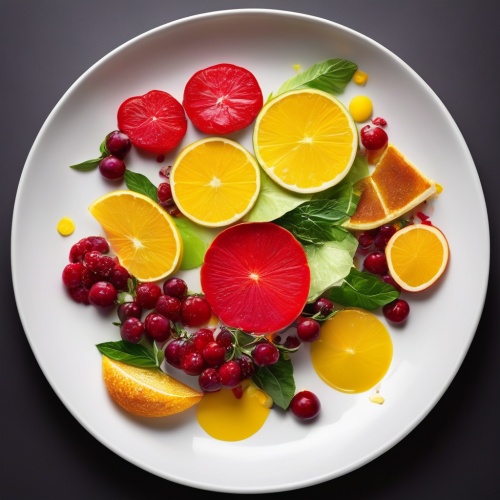 Shakshuka - This iconic Israeli dish consists of eggs poached in a vibrant tomato sauce seasoned with cumin, paprika, and chili peppers. It's typically cooked and served in a skillet, accompanied by fresh bread for dipping into the savory, slightly spicy mixture. Often enjoyed for breakfast or brunch, shakshuka can also be a satisfying vegetarian lunch or dinner option.
Shakshuka - This iconic Israeli dish consists of eggs poached in a vibrant tomato sauce seasoned with cumin, paprika, and chili peppers. It's typically cooked and served in a skillet, accompanied by fresh bread for dipping into the savory, slightly spicy mixture. Often enjoyed for breakfast or brunch, shakshuka can also be a satisfying vegetarian lunch or dinner option.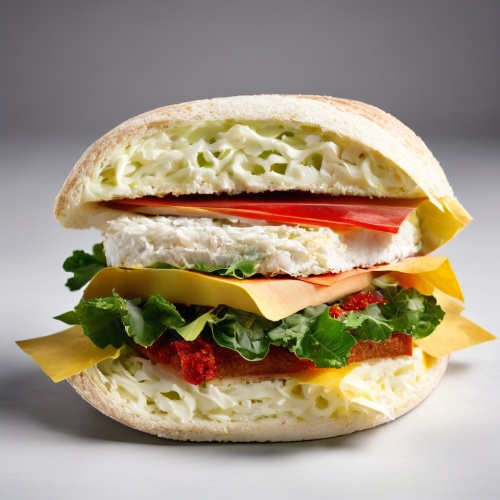 Falafel - These delicious, crispy fritters are made from ground chickpeas or sometimes fava beans, mixed with herbs and spices such as parsley, cilantro, garlic, and cumin. They're then deep-fried until golden brown and served in pita bread as part of a sandwich called a falafel wrap, often accompanied by tahini sauce, vegetables, and pickles. Falafel is a popular street food and a staple in Israeli and Middle Eastern cuisine.
Falafel - These delicious, crispy fritters are made from ground chickpeas or sometimes fava beans, mixed with herbs and spices such as parsley, cilantro, garlic, and cumin. They're then deep-fried until golden brown and served in pita bread as part of a sandwich called a falafel wrap, often accompanied by tahini sauce, vegetables, and pickles. Falafel is a popular street food and a staple in Israeli and Middle Eastern cuisine.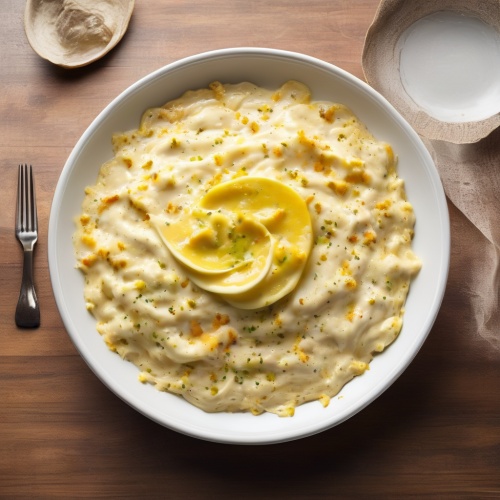 Hummus - This classic Israeli dip or spread is made from mashed cooked chickpeas blended with lemon juice, garlic, and sesame paste (tahini). It's typically served as an appetizer or side dish, accompanied by fresh vegetables, pita bread, or other types of flatbread for scooping up the creamy, slightly tangy hummus. Hummus is a popular and versatile plant-based option that can be found throughout Israel and the Mediterranean region.
Hummus - This classic Israeli dip or spread is made from mashed cooked chickpeas blended with lemon juice, garlic, and sesame paste (tahini). It's typically served as an appetizer or side dish, accompanied by fresh vegetables, pita bread, or other types of flatbread for scooping up the creamy, slightly tangy hummus. Hummus is a popular and versatile plant-based option that can be found throughout Israel and the Mediterranean region.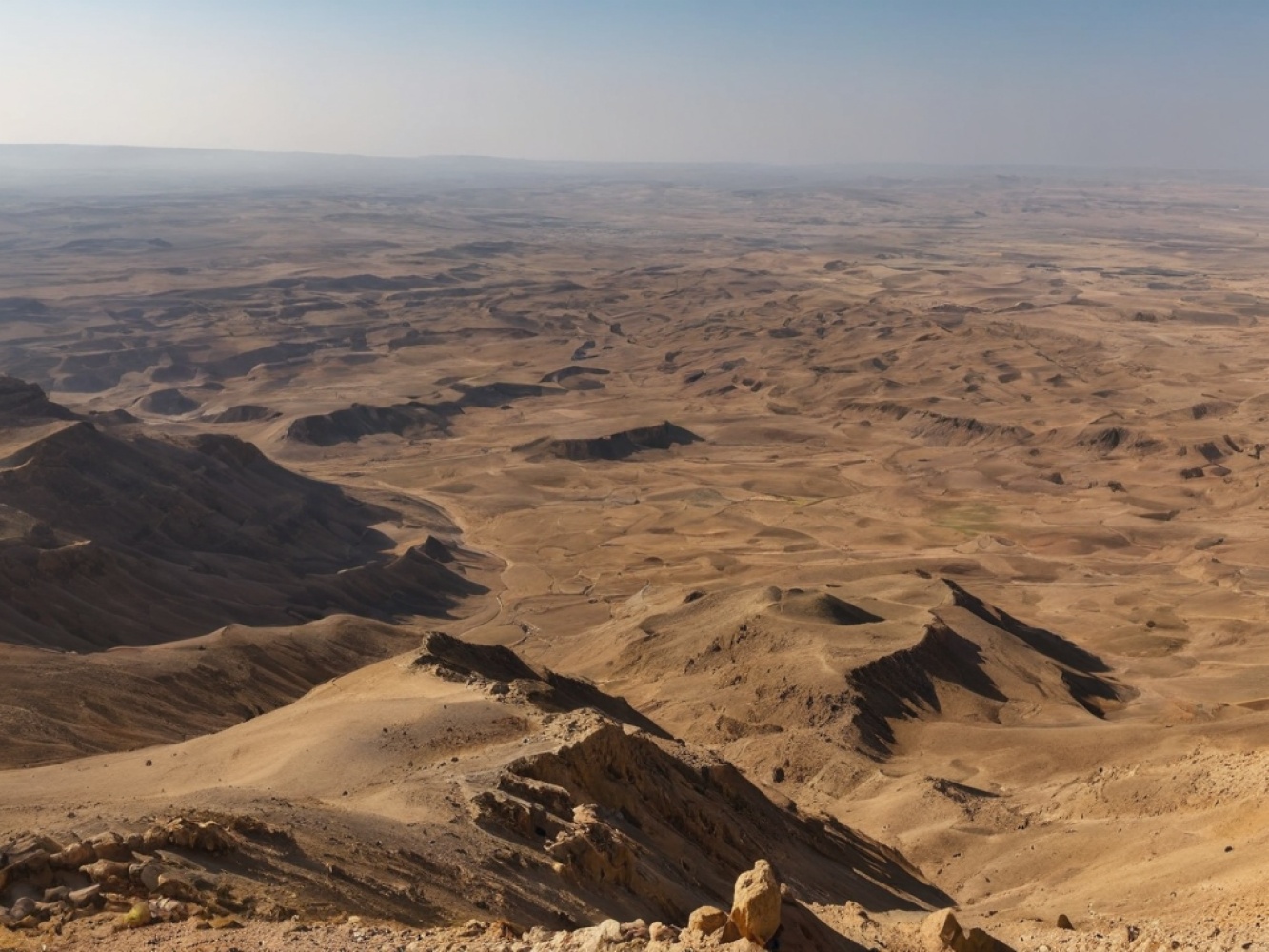
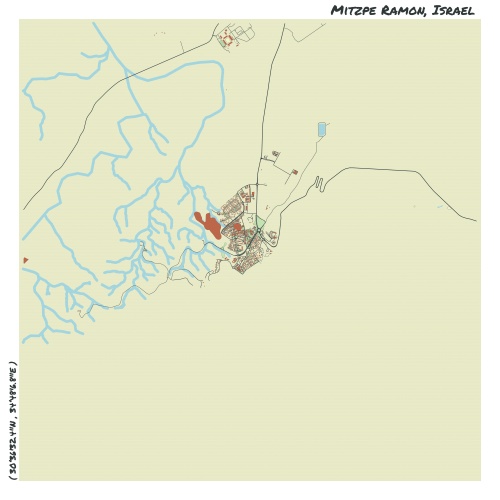
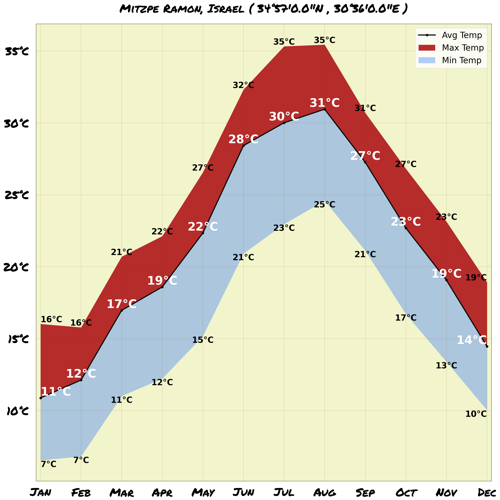

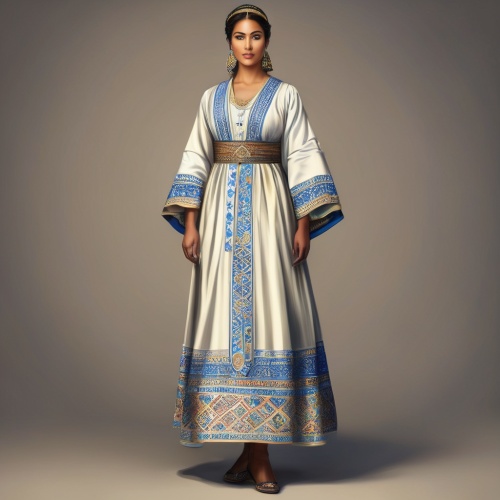
Comments
NO COMMENTS